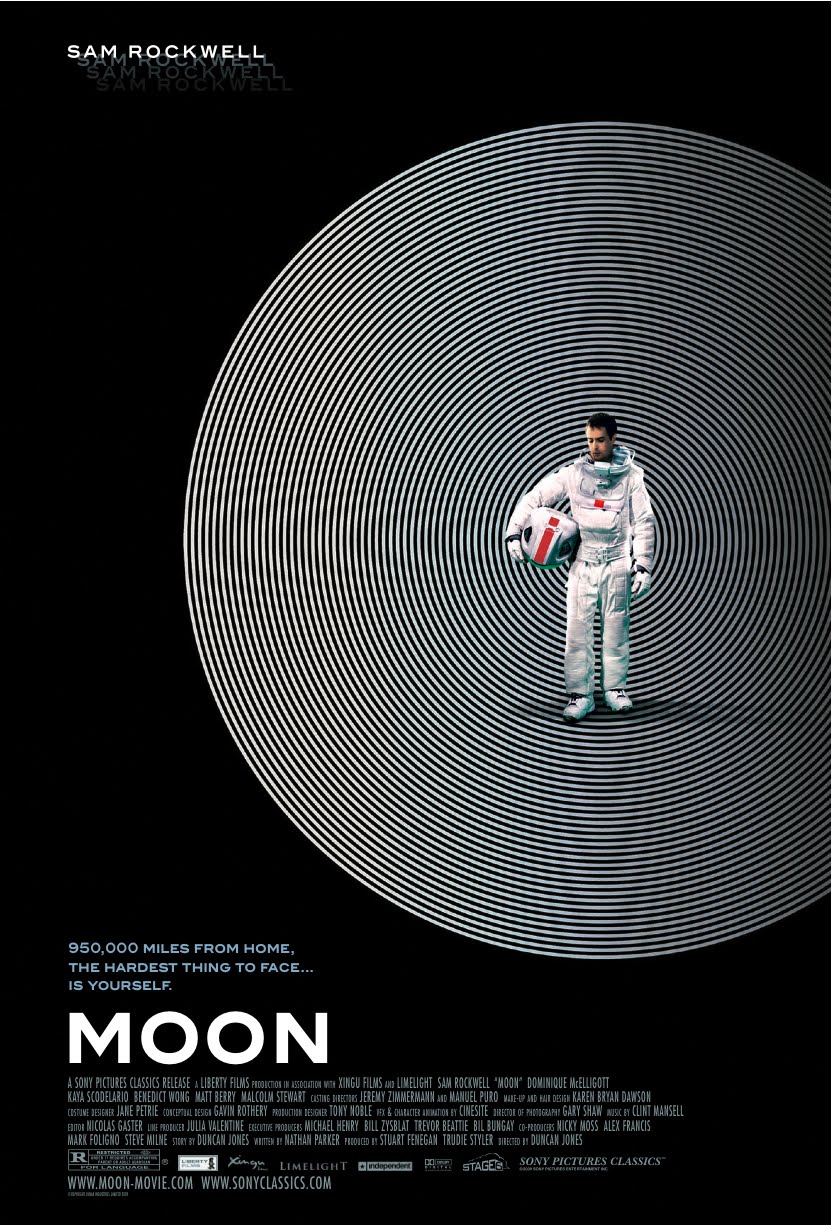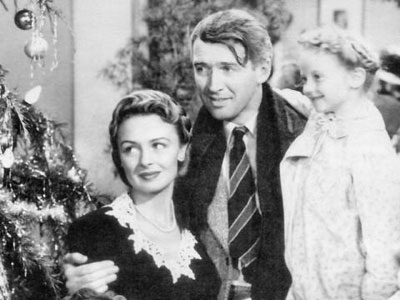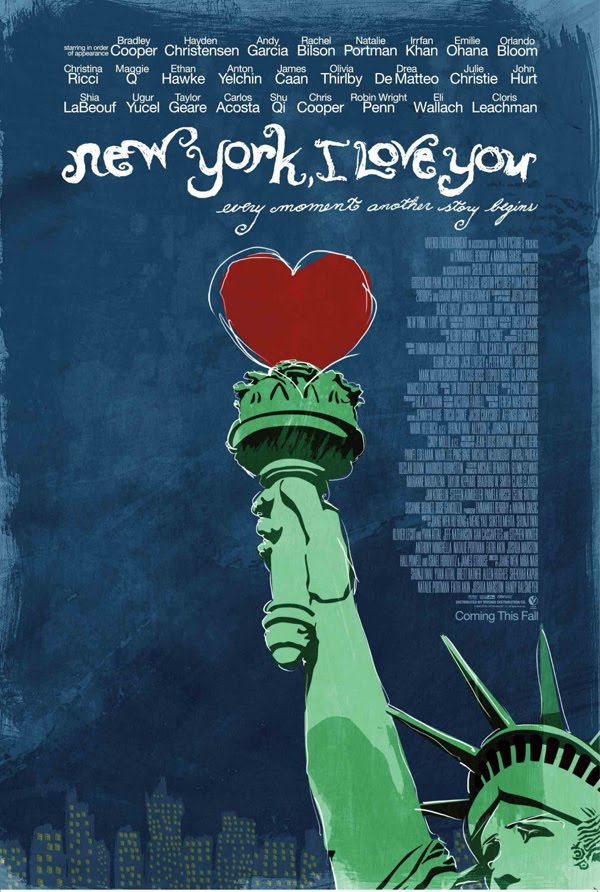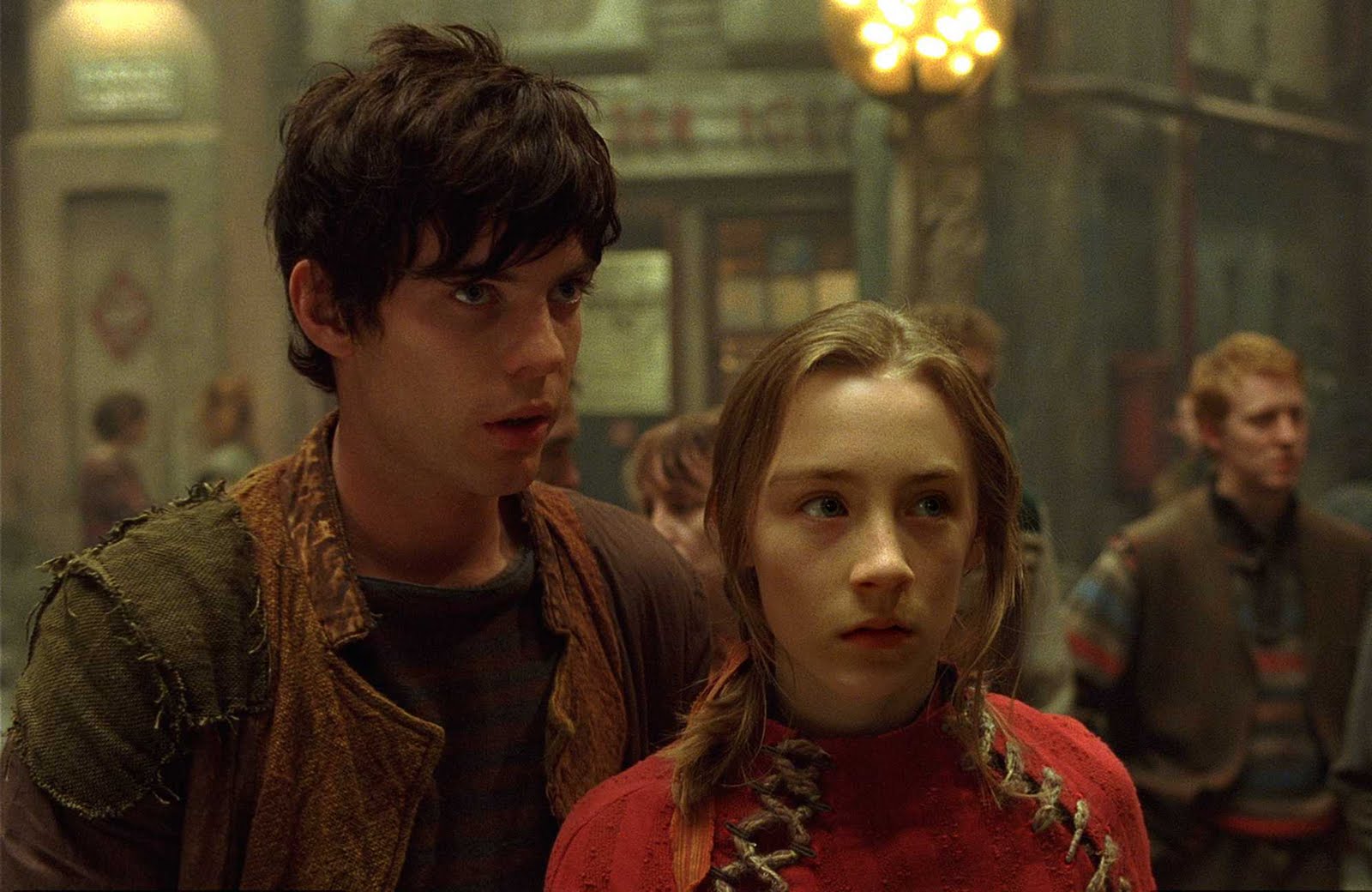A friend was standing with some other women a few years ago when a car blaring rap music drove by. One of the women in the group made a disparaging remark about the music, and asked my friend if she agreed. My friend responded very wisely:
“I don’t particularly like it, but I really can’t judge it because I don’t understand it.”
She expressed a very healthy and discerning view of cultural products. To critique, we need to at least try to understand. Before we understand, all we can express is taste.
* * * * *
So, what about horror films. In general, I have no ‘taste’ for them. Perhaps that is because with today’s digital technology, so little is left to the imagination and such strong images of evil can therefore be displayed on screen. Perhaps I don’t like being shocked or scared.
 Or perhaps I like living in my idealistic little bubble where I’m not reminded of the reality and presence of evil in the real world. Horror images bother me, but so do thoughts of genocide, abortion, or insane asylums. You don’t have to make things up to disturb me. Show them on screen, and I’ll close my eyes.
Or perhaps I like living in my idealistic little bubble where I’m not reminded of the reality and presence of evil in the real world. Horror images bother me, but so do thoughts of genocide, abortion, or insane asylums. You don’t have to make things up to disturb me. Show them on screen, and I’ll close my eyes.
I could translate my distaste for horror films into a settled judgment against them, as some easily do. But perhaps that is because I have not understood them.
In an intriguing assessment of the horror (and ‘thriller’) movie genre, screenwriter Brian Godawa (To End All Wars) defends them as having genuinely biblical roots. (“The book of Daniel reads like God’s own horror film festival,” he says.)
More pointedly, he probes the worldview of the best horror films. He notes that it is the horror genre which really throws light upon the ill-logic of human rationality freed from its supernatural moorings. This is the genre which exposes a deeply rooted human fear that is not assuaged by rational arguments. It shows what happens when human passion is unchecked by moral boundaries. It forces us to stare into the void and the abyss and to see the emptiness there.
Though I’m not likely to add Blair Witch Project or Paranormal Activity to my Netflix queue, I find his defense compelling. It does not change my taste, but it helps form my judgment.
No doubt the genre is abused, and no doubt many who flock to these films do so only to be shocked, appalled, and perhaps desensitized. And yes, even a good thing taken in excess becomes a bad thing.
But Godawa has helped me to understand, and understanding plants the seed of appreciation. Perhaps that which may be produced out of rage or hate or loss or fear, even this, can serve the purposes of God.
(Someday I will explain why I think a thoughtful and well executed horror film may do less damage to the viewer than any episode of VeggieTales. But that’s for another day.)










